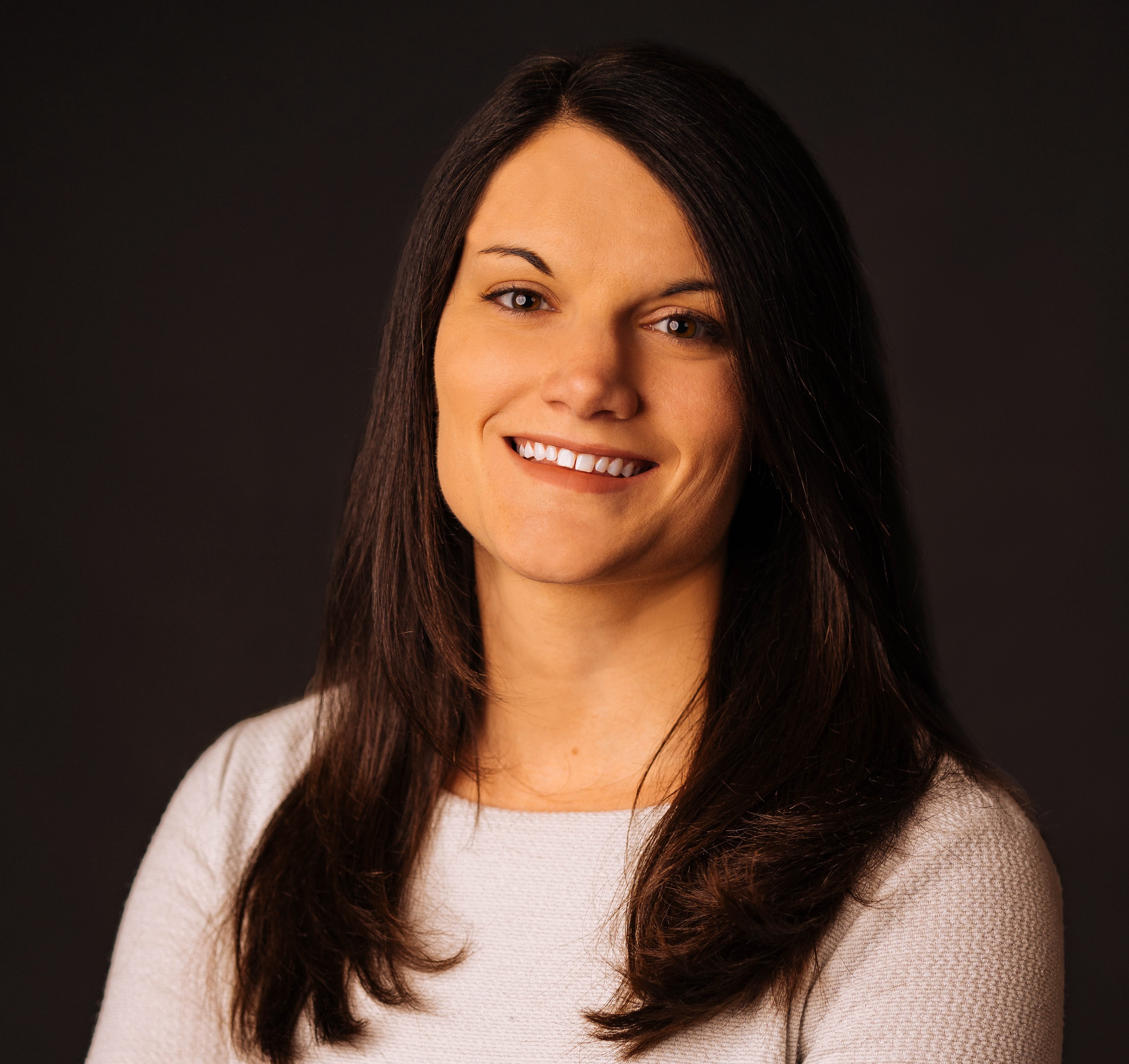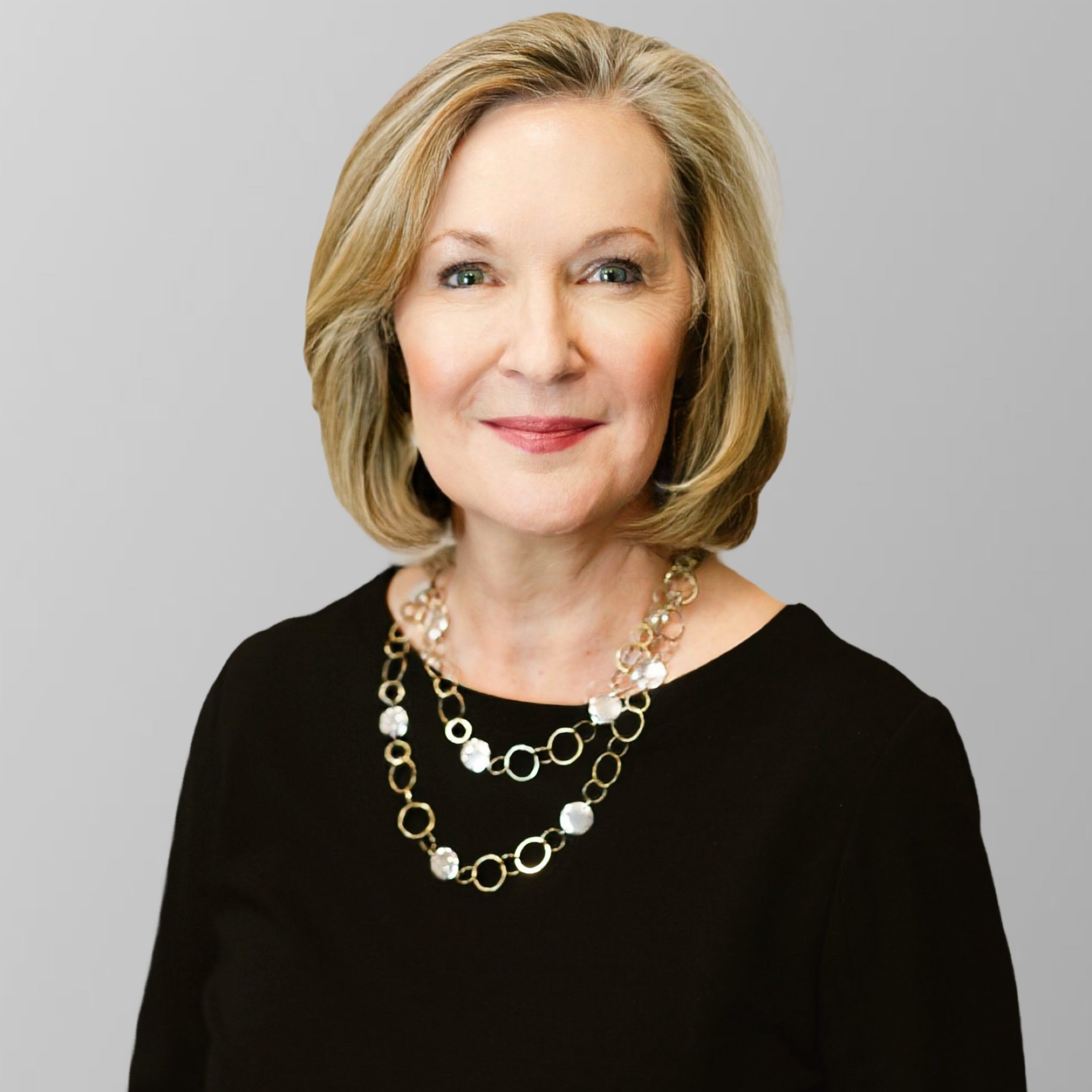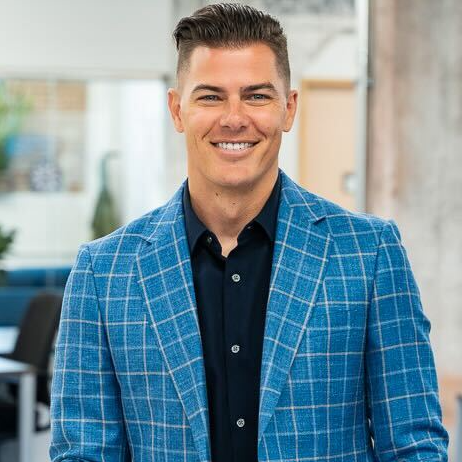As we move through 2025, February brings us to Black History Month, when we focus on DEI issues impacting the Black community in wealth management – both for professionals and clients. Soon, WSR will publish our fourth annual Top Black Industry Leaders as part of our Pathfinder Awards series, which recognizes excellence among and addresses the advancement of underrepresented communities in our industry.
As a prelude to the Pathfinders, in this month’s Marcoms Roundtable we asked veteran marcoms experts: How can wealth management marcoms be leveraged to empower and uplift underserved communities?
We spoke with Marie Swift, Founder and CEO of Impact Communications; Joe Steuter, Chief of Communications at Intention.ly; and Caitlyn Foster, Senior Vice President at Gregory FCA.
Their responses follow.
Caitlyn Foster, Senior Vice President, Gregory FCA

Marketing and communications initiatives during Black History Month need to be built on more than just awareness – they should be a catalyst for meaningful change.
To truly empower underserved communities, firms must approach communication with intentionality and authenticity, ensuring their efforts truly resonate.
Education must be at the heart of these efforts. Financial literacy campaigns should provide clear, actionable steps that individuals can take to improve their financial well-being. This means offering accessible resources, demystifying complex financial concepts and addressing the unique challenges these communities face.
True impact comes from meeting people where they are – partnering with community organizations, elevating diverse voices and making financial guidance both culturally relevant and practical. When marketing is built on trust and education, it can be a powerful force in closing wealth gaps and fostering long-term financial empowerment.
Marie Swift, Founder And CEO, Impact Communications

During Black History Month, we honor the rich history and contributions of the Black community while recognizing the systemic challenges that have long hindered economic equality. This period offers a poignant reminder of the need for targeted initiatives that address these disparities.
As communicators, we have a unique opportunity and responsibility to bridge gaps and foster financial empowerment. Effective marcoms strategies can elevate financial literacy and improve access in these communities, creating a foundation for individual success and community growth. Simplifying complex financial information and utilizing various platforms to reach diverse audiences ensures that no one is left behind.
Crafting campaigns that demystify financial concepts and highlight the importance of savings and wealth accumulation can help individuals make informed decisions. Webinars, social media series, blogs and community workshops tailored to the specific needs of underserved populations can significantly enhance financial literacy.
Partnering with local influencers and organizations is a powerful way to build trust and authenticity. By collaborating with community leaders who understand these groups, we can co-create content that resonates deeply and drives meaningful engagement.
Culturally relevant marketing is also essential. This involves not just translating materials but ensuring that they reflect the values, traditions and experiences of the target audience. Representation matters, and seeing relatable success stories can inspire individuals to take proactive steps toward financial health.
With the right focus and commitment, marketing communicators can help targeted audiences “see it” as they work to “be it.” That’s why in 2024 we partnered with the BLX Internship Program.
Joe Steuter, Chief Of Communications, Intention.ly

The way you speak to your clients and prospects reflects directly on the rest of your community. When it comes to making your message matter with those who are underserved, more wealth management firms should take the responsibility seriously and find avenues for creating relevant and helpful conversations.
Financial literacy and access to wealth-building tools are perhaps the easiest ways for firms to insert themselves as a helpful mentor to their local schools, associations and non-profit partners. It’s critical to closing the economic gap and empowering the underserved with education.
The use of inclusive messaging is also low-hanging fruit. Look at how you can shift the language, terminology and imagery you use to reflect the diverse communities you serve. When your brochures, client communications and website showcase a broad range of backgrounds, those engagements send a clear message: Financial success is attainable for everyone.
Consider partnerships with community organizations that share similar core values and missions. Collaborating with local nonprofits, schools and advocacy groups can help ensure your marketing efforts reach those who need them most.
Making these small actions second nature will organically elevate the brand message and the way you demonstrate value to the community. It closes the trust gap, gives you new audiences to engage and improves brand reputation. If you can make progress in just one of these areas in 2025, you’ll take monumental leaps in driving meaningful change – and you’ll be doing it for those who need your help the most.
Jeff Berman, Contributing Editor and Reporter at Wealth Solutions Report, can be reached at jeff.berman@wealthsolutionsreport.com.














